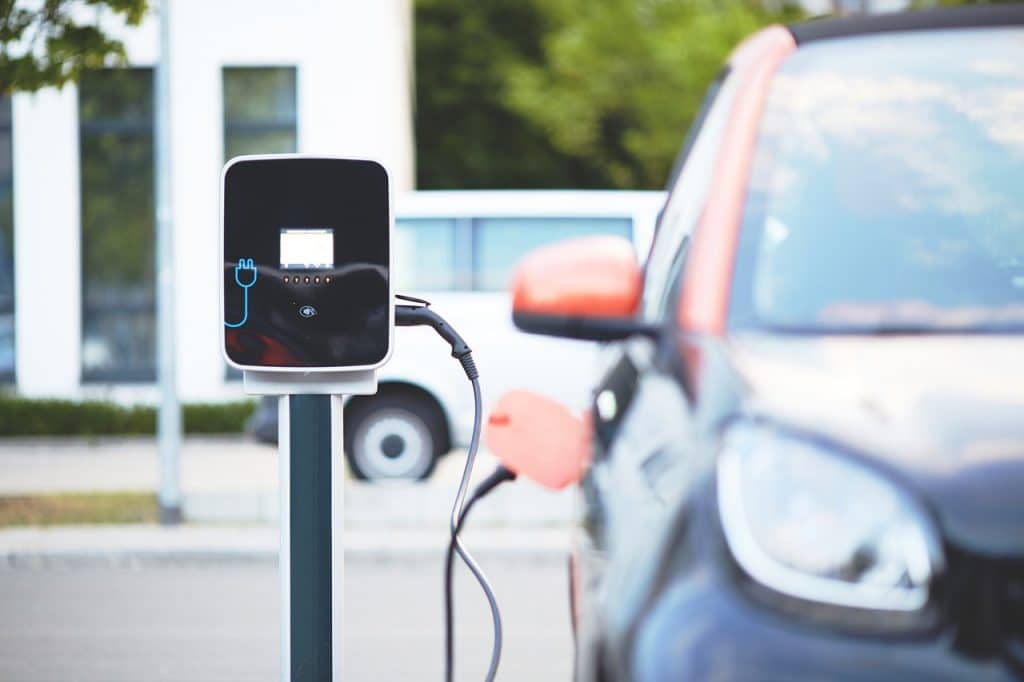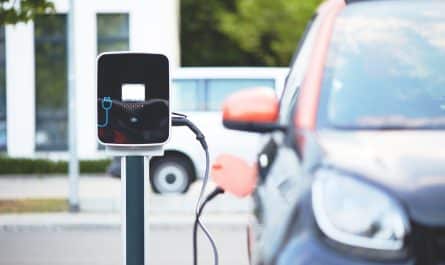Electric cars have become a popular alternative to traditional gasoline-powered vehicles. However, a key factor influencing their adoption is the recharge time. In this article, we will explore the differences between the various electric car models in terms of recharge time, taking into account the types of terminals available as well as charger power.
Cooldown: influencing factors
Terminal type
The type of terminal used to charge an electric car has a significant impact on charging time. Stations can be divided into several categories, such as home charging stations, public stations and superchargers. For example, a standard home charging station (Level 1) uses a normal power outlet and can take several hours to fully charge a car.
On the other hand, a level 2 terminal, available in some homes or public places, is faster because it uses a higher power alternating current (AC) power supply. Finally, superchargers (or level 3 terminals) use direct current (DC) and are capable of recharging a battery much more quickly.
Charger power
Another critical factor is the charger power integrated into the vehicle. This power varies from one model to another, which means that two cars plugged into the same terminal will not necessarily charge at the same speed. The higher the power of the charger, the faster the charging process will be. That being said, it is crucial to check the compatibility between the charger and the terminal used, especially if you use fast charging stations.
Turbochargers and other ultra-fast charging options are becoming more common, offering Drastically reduced recharge times compared to more traditional terminals and chargers.
Cooldown comparison table
To better understand these differences, here is a descriptive table with some concrete examples:
- Domestic terminal(120V/16A): 10-20 hours
- Public terminal (240V/32A): 4-8 hours
- Superchargers (480V DC /150KW): 30-45 minutes
Specific model comparisons
Nissan Leaf
The Nissan Leaf is one of the most popular electric cars. Using a standard domestic charging station, it takes around 20 hours to reach a full charge. However, with a level 2 terminal, this time is reduced to around 8 hours.
For those with access to superchargers, charging time can be as short as 40 minutes. This makes charging significantly more convenient for long-distance travel.
Tesla Model S
Known for its impressive performance and extended range, the Tesla Model S benefits from advanced technology. fast charging of Tesla. With a home charging station, a full charge can take up to 15 hours. Using a level 2 terminal reduces this time to approximately 6 hours.
However, thanks to Tesla superchargers, an 80% recharge can be done in just 30 minutes. The speed of this option makes long journeys similar to those made with the fuel of a thermal car.
Hyundai Ioniq 6
The Hyundai Ioniq 6, a new entrant in the electric car market, is also among the vehicles with fast charging capabilities. Using a home station would take around 18 hours for a full charge. By upgrading to a Level 2 terminal, the time required would be reduced to approximately 7 hours.
As with the other models mentioned, use a supercharger dramatically drops this time. It is possible to go from 0 to 80% in less than 40 minutes, making the Hyundai Ioniq 6 very attractive for those looking for efficiency and speed.
Practical tips for optimizing recharge time
Plan your recharge
Optimizing your cooldown starts with good planning. Try charging your car overnight if you use a home charging station. This will not only allow you to benefit from nighttime electricity rates potentially lower but also to maximize the time the vehicle is unused.
Take the time to locate fast charging stations along your regular routes. Many mobile applications now make it easy to locate nearby charging stations and check their availability in real time.
Use fast charging stations when possible
While not all cars support fast charging, those that do benefit greatly from the technology. If your vehicle supports fast charging, always choose this option when available.
By taking advantage of superchargers, you can save valuable time and reduce your waiting time, which is especially useful during long-distance travel.
Electricity consumption and impacts
Reduce electricity consumption
In addition to the charging time, the overall energy consumption of your vehicle plays a crucial role. Driving efficiently, avoiding harsh acceleration and using eco modes, can help extend battery life and reduce the need for frequent charging.
Also keep an eye out for energy parasitic systems like excessive air conditioning. Judicious use of these systems can make a big difference in consumption and therefore in the vehicle’s range.
Compare costs with refueling a thermal car
Finally, although it is obvious that electric cars offer substantial savings compared to thermal vehicles, it remains interesting to compare the costs of each “full”. Even with the lower cost of electricity compared to gasoline, choosing an appropriate time and economical source to charge can make these savings even more significant.
By combining good planning, optimized use of the types of terminals available and careful attention to consumption, it is entirely possible to maximize the advantages offered by electric cars, both in terms of cost and time.
There will be no explicit conclusion section here. To recap, the Charging time for electric vehicles strongly depends on the type of terminal used and the power of the charger. From the Nissan Leaf to the Hyundai Ioniq 6, each model has unique features that influence the time needed for a full charge. Carefully planning charging and favoring fast stations whenever possible can greatly improve the user experience.








